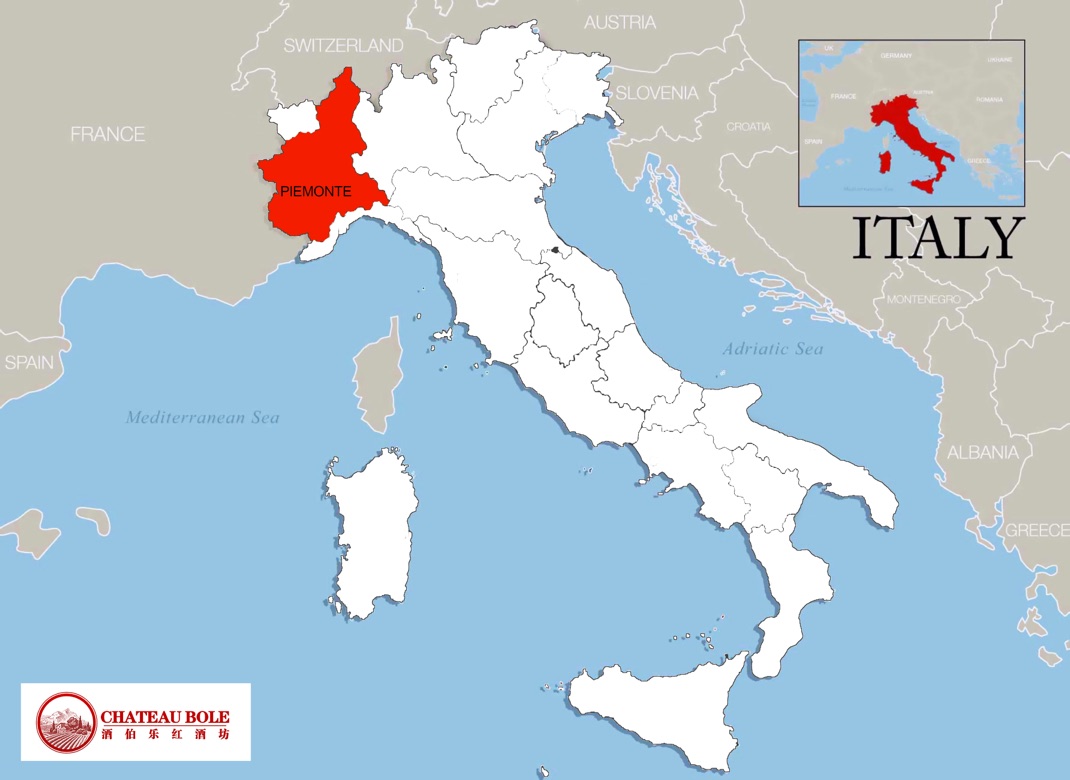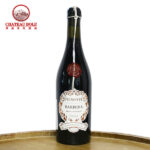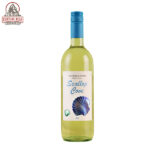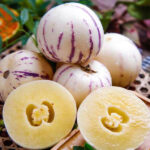Piemonte
Piemonte wine is the range of Italian wines made in the region of Piedmont in the northwestern corner of Italy.
To learn more about Piemonte, please read on. If you’re interested to find more wines from this region, then scroll to the bottom of the page.

The best-known wines from the region include Barolo and Barbaresco. They are made from the Nebbiolo grape. These wines are ideal for storage and a well-aged Barolo for instance may leave a feeling of drinking velvet because the tannins are polished and integrated more and more into the wine. As the wine matures the colour becomes more brownish and rust-red.
Other popular grapes used for red wine production are Barbera and Dolcetto. Wine made with the Barbera grape is often fruity, with high acidity. It can be delicate with less tannin than wine made from the Nebbiolo grape. Dolcetto on the other side, is not, as the name indicates, sweet. Dolcetto means “little sweet one”. (dolce is Italian for sweet). The grape gives fresh and dry red wines with some tannin. The wines made with the Dolcetto grape are typically consumed relatively young.
The sparkling wine Asti spumante is made from the Moscato grape. The majority of the area’s winemaking take places in the provinces of Cuneo, Asti and Alessandria. The Brachetto is another variety used for making sweet and sparkling red wines.
While Turin is the capital of the Piemonte, Alba and Asti are at the heart of the region’s wine industry. The wine making industry of the Piemonte played a significant role in the early stages of the Risorgimento with some of the era’s most prominent figures-like Camillo Benso, conte di Cavour and Giuseppe Garibaldi owning vineyards in Piedmont region and making significant contributions to the development of Piedmontese wines.
Climate and geography
The Piemonte region is located in the foothills of the Alps forming its border with France and Switzerland. To the northwest is the Valle d’Aosta, to the east is the province of Lombardy with the Liguria region forming its southern border along the Apennines. In addition to the vast mountainous terrain, the Po Valley consumes a large area of available land-leaving only 30% of the region suitable for vineyard plantings. The valley and the mountains do contribute to the area’s noted fog cover which aides in the ripening of the Nebbiolo grape (which gets its name from the Piedmontese word nebbiameaning “fog”).
Although the winemaking regions of the Piedmont and Bordeaux are very close in latitude, only the summertime temperatures are similar: the Piedmont wine region has a colder, continental winter climate, and significantly lower rainfall due to the rain shadow effect of the Alps. Vineyards are typically planted on hillsides altitudes between 490–1150 ft (150-400 metre). The warmer south facing slopes are mainly used for Nebbiolo or Barbera while the cooler sites are planted with Dolcetto or Moscato.
The majority of the region’s winemaking (about 90%) takes place in the southern part of Piedmont around the towns of Alba (in Cuneo), Asti and Alessandria. The Piemonte wine region is divided into five broad zones.
- Canavese – includes the areas around Turin such as Carema and Caluso
- Colline Novaresi – in the province of Novara
- Coste della Sesia – includes the area around Vercelli
- Langhe – includes the hill country around the city of Alba and the Roero.
- Monferrato – includes the areas around Asti and Alessandria
DOCs
The Piedmont region is home to 42 Denominazione di origine controllata (DOC) and 17 Denominazione di Origine Controllata e Garantita (DOCG).
The 17 DOCG wines in Piedmont are:
- Alta Langa
- Asti
- Barbaresco
- Barbera d’Asti
- Barbera del Monferrato Superiore
- Barolo
- Brachetto d’Acqui, also called Acqui
- Cortese di Gavi, also simply called Gavi
- Dolcetto di Dogliani Superiore, also simply called Dogliani
- Dolcetto di Ovada Superiore, also simply called Ovada
- Dolcetto di Diano d’Alba, also simply called Diano d’Alba
- Erbaluce di Caluso, also simply called Caluso
- Gattinara
- Ghemme
- Nizza
- Roero, also called Arneis
- Castagnole Monferrato
Showing all 4 results









